UPDATE:

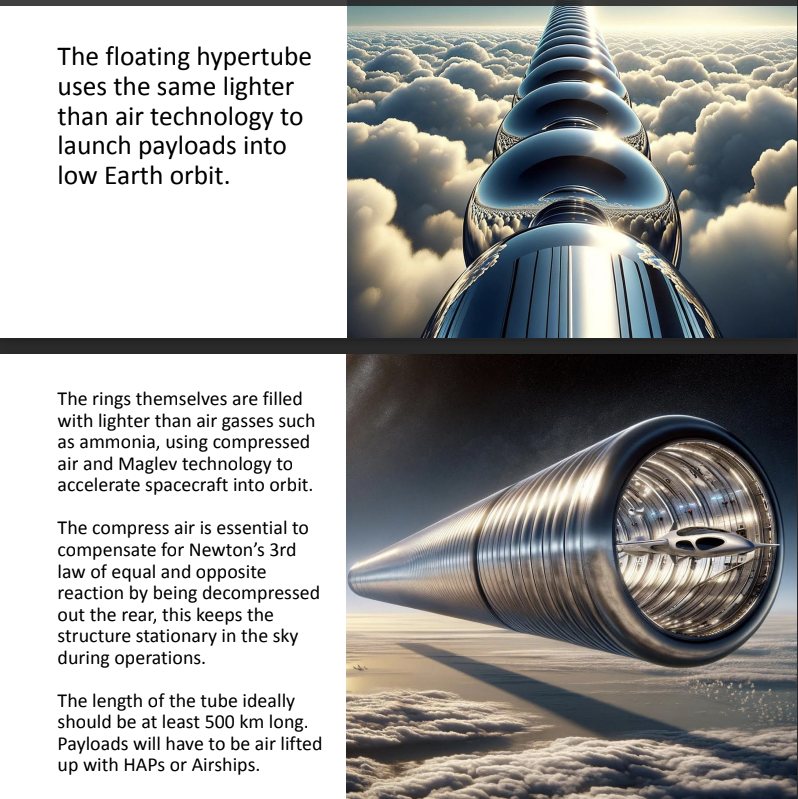
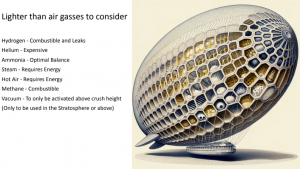

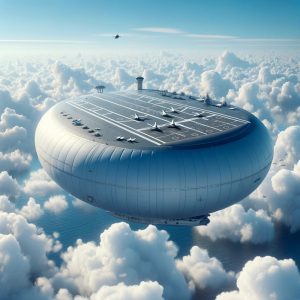



The High Altitude Platform Station also has applications for efficient access into orbit by reducing fuel mass requirements by 5-10%.
Below are some conceptual images of the station close to the surface of Antarctica to facilitate an expedition:

A modern ordinary shaped airship can still play a role in the future for faster more agile missions.

Saucer Shaped HAPs (High Altitude Platform Station
Update: Recently Hamas attacked Israel by overwhelming the Iron Dome System, here if the Iron Beam laser sister to Iron Dome was deployed on an airship such as the Russian variant mentioned below it would have enhanced the range and potency of the weapon while being out of range of Hamas’s anti air defenses.

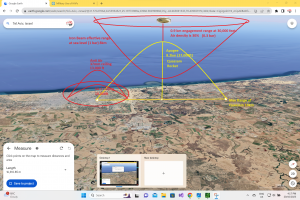
Russian made 600 ton lifter.
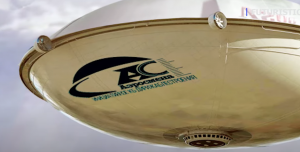
Uses:
- Above Cloud Telescope Array for Astronomy, with multiple ships the face of the Earth is the light collecting limit.
- Above Cloud Starshot/Light Sail Laser for interstellar light sail powered probes
- Ground/Air/Sea Tracking photometer for science and surveillance. For examples: Israeli ballistic missile defense as well as surveillance of Palestinian territories, Scientific expeditions to Antarctica and South America in the safety and comfort of a pressurised cabin.
- Floating Aircraft Carrier
- Floating Drone Carrier
- Floating Battleship with munitions and anti air defences normally used on Navy Marine vessels such as radar guided air cannons and laser defense systems.
- Orbital/sub-orbital launch platform to assist smaller rockets to reach space.
- Floating Hotel
- Floating Research Lab for low Air Pressure studies such as simulating Martian pressure altitudes.
- Anti Ballistic Missile Platform with a floating phased radar array.
- Microwave transmission of energy to the surface from solar.
- Communications relay to replace communications satellites in geostationary orbit.
Designing a rigid airship in the shape of a saucer or disc has several potential advantages, although it’s important to note that this concept hasn’t been widely pursued or proven in practice. Here are some theoretical advantages of such a design:
- Aerodynamic Efficiency: The saucer or disc shape could potentially offer better aerodynamic efficiency compared to traditional airship designs. The streamlined shape might reduce drag and turbulence, allowing for smoother and more efficient flight through the air.
- Stability: The disc shape could provide inherent stability due to its wide base and potentially lower center of gravity. This stability could make it easier to control and maneuver, especially in challenging weather conditions.
- Lift Efficiency: The saucer shape could distribute lift more evenly across the entire bottom surface, potentially leading to better lift efficiency. This could result in improved payload capacity and longer flight endurance.
- Omni-Directional Maneuverability: A saucer-shaped airship might have the ability to rotate and maneuver in any direction more easily than traditional airships. This could be advantageous for tasks that require precise positioning or sudden changes in direction.
- Visibility: The flat, circular design could provide better visibility from the central control or observation area, which could be situated on the upper surface of the saucer.
- Novelty and Attention: A saucer-shaped airship would undoubtedly attract attention due to its unique design, which could be advantageous for promotional purposes, advertising, or special events.
- Potential Stealth: Depending on the construction materials and design features, a saucer-shaped airship might have reduced radar cross-section and acoustic signature, potentially offering some degree of stealthiness.
However, it’s important to consider the challenges and practical limitations associated with designing and operating such a craft:
- Structural Challenges: Creating a rigid airship in the shape of a saucer would present significant engineering challenges. The structure would need to withstand both internal and external forces, including the pressure differential between the inside and outside of the craft.
- Balancing and Stability: Achieving proper balance and stability in a saucer-shaped airship could be complex, as the weight distribution would need to be carefully managed to prevent tipping or instability.
- Propulsion and Control: Developing effective propulsion and control systems for a saucer-shaped airship would require innovative solutions, as traditional methods might not apply as well to this shape.
- Landing and Mooring: Landing and mooring a saucer-shaped airship could be more challenging than with conventional airship designs due to the unique shape and potential difficulty in maintaining stability during ground operations.
- Manufacturing and Cost: Constructing a saucer-shaped airship would likely involve specialized manufacturing processes, which could be expensive and technically demanding.
Overall, while a saucer-shaped rigid airship presents interesting theoretical advantages, the practical challenges and complexities of design, engineering, and operation would need to be thoroughly addressed for such a concept to become a viable reality. As of my last update in September 2021, there have been no widely known successful attempts to create operational saucer-shaped airships.
Historical Reference:
https://en.wikipedia.org/wiki/High-altitude_platform_station
